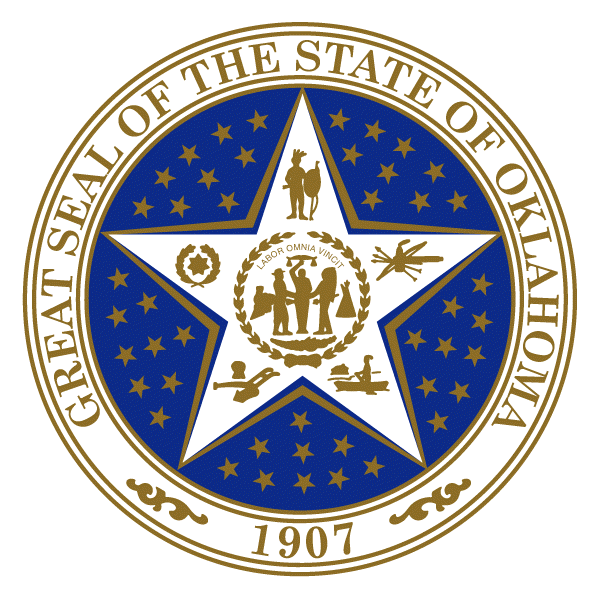The number of miles traveled by motor vehicle is directly correlated to the proliferation of air pollutants such as ozone and particulate matter, as well as a contributor to global warming due to the release of greenhouse gases[1]. High levels of air pollutants can result in increased risk and rates of respiratory and cardiovascular diseases, while the threat of climate change due to greenhouse gas emissions could lead to extreme weather events, an increase in heat-related death, and an increase in vector, rodent and airborne disease[2].
Locations with higher rates of vehicle
miles traveled often have a higher likelihood of collisions as there is a
greater amount of time being spent in motor vehicles. Higher VMT rates indicate
that more people are driving personal vehicles than using alternative modes of
transportation, and this can be due to a lack of sufficient access to transit
options that would reduce the number of drivers on the road[3].
Higher VMT rates correlate with a lower
amount of physical activity. People who walk or bike more frequently reduce their
risk of developing obesity and diabetes[4].
This can be facilitated by walkable neighborhood design such that the majority
of daily needs can be met without the need to use a motor vehicle. People who
become accustomed to walking on a daily basis are developing a positive
healthful habit[5].
Additionally, the more reliant upon motor
vehicles as opposed to other modes of transportation, the more money
individuals are spending on transportation costs. This is money that could be
used for healthy options for food, exercise, and healthcare.
Spending long hours in the car during a
commute can have negative impacts on social interactions and mental well-being
as well. This is fairly intuitive as more time spent in the car is less time
that can be spent with family, friends or neighbors. A large percentage of
drivers consider rush hour to be the most stressful part of their day which can
lead to irritability, back and neck pain, as well as depression[6].
Social isolation can cause more than just mental trauma and has been shown to
be correlated to higher blood-pressure, cardiovascular risk factors, and
premature death; people with strong social relationships on average have a 50%
increased likelihood of outliving those who suffer social isolation[7].
These and many other reasons are why we should be seriously considering changing the habits that permeate most of American society's built environment. We're too reliant on cars, and we have little to show for it (at least anything positive).
Now for the fun stuff... Below you can see a map of Oklahoma City (the white lines) and the 69 ZIP codes within and immediately surrounding it. I used Census data to map the average commutes for each ZIP code, and you'd be surprised at how good and bad some of these areas are. Take a look, and see if you can spot your ZIP code... are you above, below, or average?
The average commute time
for the United States is around 25.5 minutes[8],
while the average commute for Oklahoma is about 22.5 minutes[9].
Oklahoma City is quite normal for the State of Oklahoma with an average commute
of 22.6 minutes[3].
This includes ZIP codes in surrounding cities (Moore, Norman, Yukon, El Reno,
etc.) and thus brings the average commute time up a bit, but this gives a clearer picture of the driving in the Oklahoma City area because so many people
commute into and out of the city.
Though the city averages out to be the
same as the state, within the city, there is great disparity in the average
commute based upon ZIP code.
Concentric rings can be made out from the
above map, with a few aberrations due to areas with high amounts of jobs, such
as Tinker Air Force Base and Oklahoma University to the south in Norman. The
shortest commutes are central to the downtown area, while the longest are on
the very edges of the city.
TOP 5 BOTTOM 5
1.
|
73145
|
12.55
min.
|
65.
|
73089
|
31.87
|
2.
|
73102
|
13.83
min.
|
66.
|
73045
|
32.53
|
3.
|
72104
|
16.48
min.
|
67.
|
73026
|
33.5
|
4.
|
73116
|
16.52
min.
|
68.
|
73059
|
34.34
|
5.
|
73103
|
16.68
min.
|
69.
|
73054
|
39.92
|
The weighted average for the top five
shortest commute averages by ZIP code is 15.95 minutes, 70.8% of the Oklahoma
average, and 63% of the U.S. average.
The weighted average for the longest five
commute averages by ZIP code is 33.37 minutes, 148% of the Oklahoma average,
and 131% of the U.S. average.
I'll add that these commute times are one-way.. meaning you can double the amount of time for each of the ZIP codes in terms of total time spent commuting per day. So the average person in 73054 spends 1 hour and 20 minutes commuting each day. I, personally, could never handle this. You're at a higher risk of getting into an accident, you spend an exorbitant amount of money on fuel, and the amount of pollution from this is just absurd. I am impressed with the top 5 ZIP codes (and happy to see mine, 73102, in the second position) and the fact that Oklahoma City, a place that I've been told you must have a car to survive, is well below the national average.
I hope this will get you thinking about commuting, and maybe convince you that living far away from everything is not all that it's cracked up to be. Downtown and Midtown OKC are gaining in popularity, and there's plenty of room for more people to move here!

























